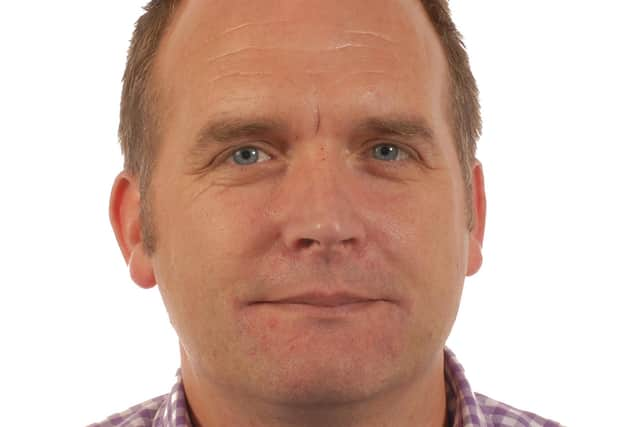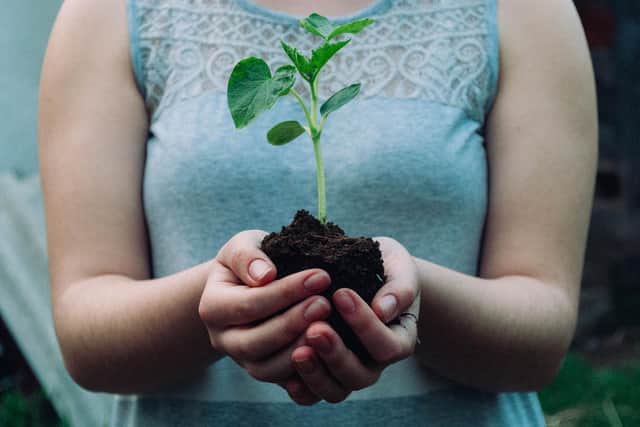Celebrating all that soils do for us - Dr Kenneth Loades


At the same time many soils are under threat, from a changing climate, e.g. intense rain events causing erosion, and also pollution from plastics and chemicals. To turn this around we need to start rewarding good soil stewardship that makes soil resilient to future pressures and continue providing the multiple benefits. There is potential for soil to do even more, from storing more carbon to filtering more water and recharging our groundwater supplies, and scientists at the James Hutton Institute are working to solve such challenges.
Soils are not just mineral particles of sand, silt and clay, but they also contain an immense diversity of life. Aside of biodiversity – soils host one quarter of the planet’s biodiversity – there is also a geodiversity of soil itself with Scotland having 25 major soil subgroups and over 1,000 individual types. Scotland’s peatland for example accounts for 70 per cent of all peatland in the UK and holds a staggering 1.7 billion tonnes of carbon, that’s equivalent to 140 years of annual greenhouse gas emissions from Scotland. If you look at a soil map of Scotland it becomes clear what diversity we have both locally across the country.
Advertisement
Hide AdAdvertisement
Hide AdFrom these maps you can see why different areas of Scotland produce different materials and food, from livestock in the highlands to the fertile soils on the east producing quality produce from soft fruits to cereals. The soil types good for crops often determined where our major cities and towns developed in early Scotland.


When you look at the benefits we expect soil to deliver it is clear that we need to keep it healthy and resilient to support life both above and below ground and why we view soil as part of our natural capital. What is a ‘healthy soil’? It can be defined as ‘the continued capacity of soil to function as a vital living ecosystem that sustains plants, animals, and humans. All soils are different with a mix of fundamental properties necessary for it to deliver something to the wider environment and population.
A peatland soil stores carbon but can’t produce food, an agricultural soil can provide food but has limitations in the amount of carbon it can store, each valuable in their own right. We have the knowledge and understanding to improve our soils. We can restore damaged peatland, increasing its capacity to store carbon. We can manage our agricultural land to reduce the use of fertilisers and restore some its natural processes through regenerative agriculture. We now need to start adopting approaches more widely to manage our soils better, maximising the benefits and services soils provide and recognise the people who do this for everyone’s benefit.
Our free SIFSS mobile app uses GPS to help you find what soil you are standing on and its many properties. So next time you are out walking don’t just look at the landscape but also what is under your feet and appreciate what the cloak that covers our land delivers. Only time will tell which direction we go in protecting our soil but we must never forget the value of soil as ‘natural capital’. What soil needs to perform each service is different, but we have to ensure that we care and nurture all soils to keep both the human population and the planet healthy.
Kenneth Loades is a soil scientist at the James Hutton Institute and co-wrote this article with fellow researchers Roy Neilson, Tracy Valentine and Nikki Baggaley. For more information visit www.hutton.ac.uk/soils.
Comments
Want to join the conversation? Please or to comment on this article.